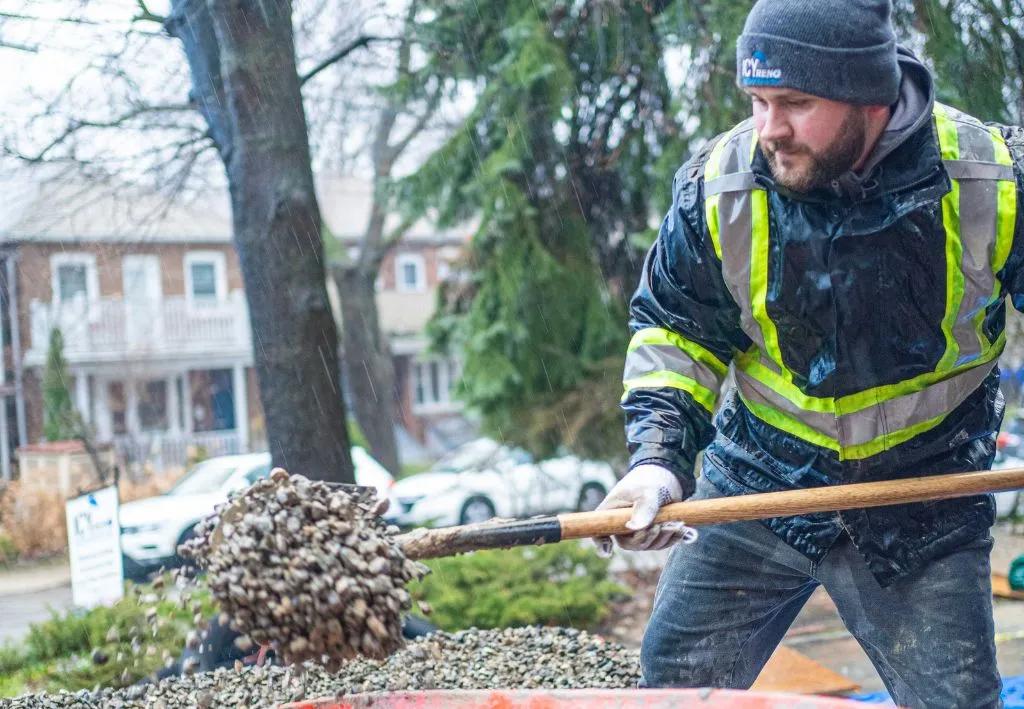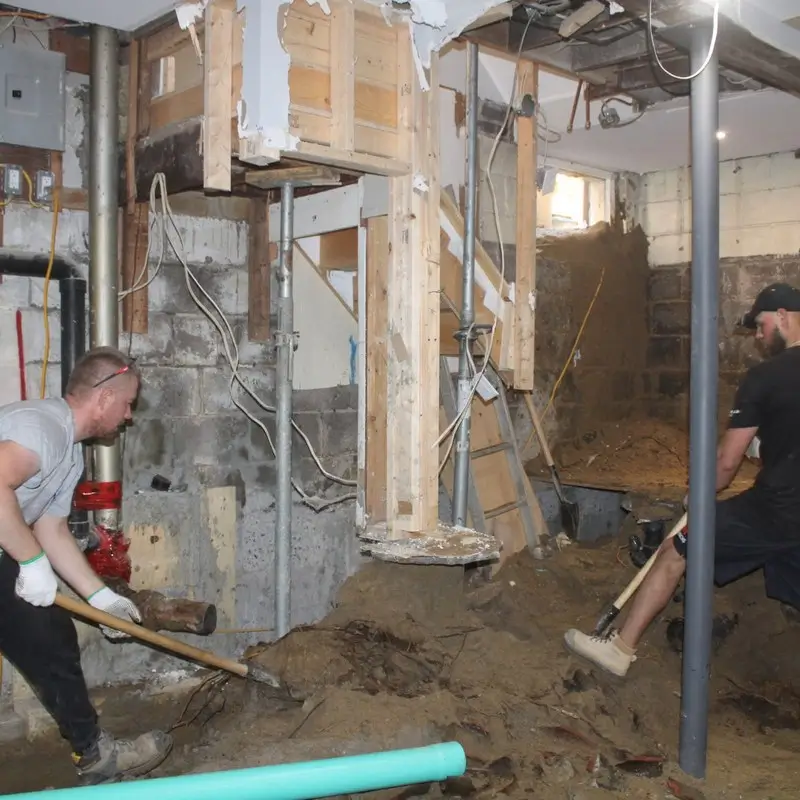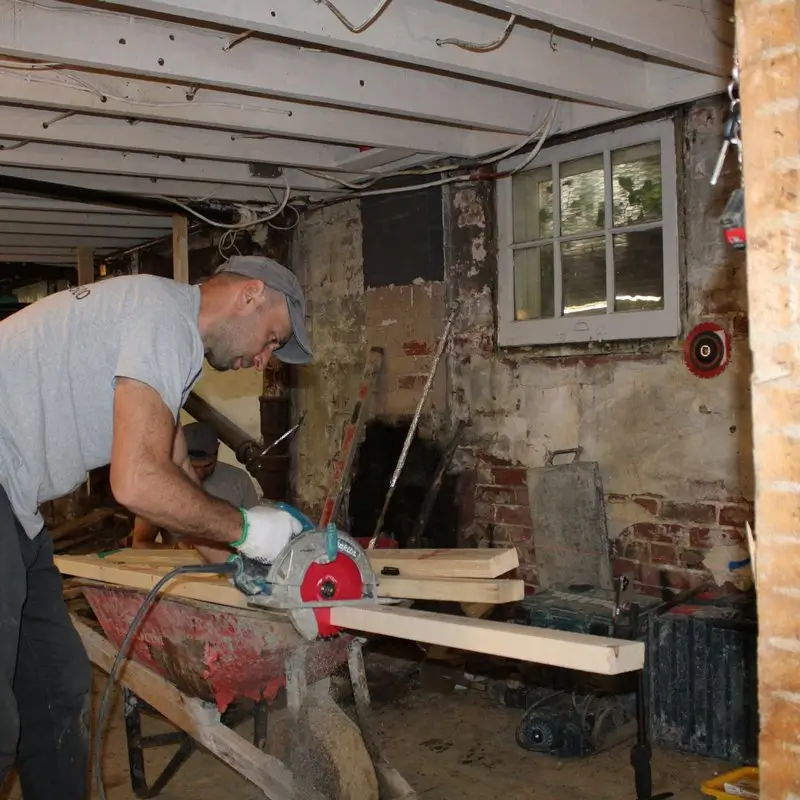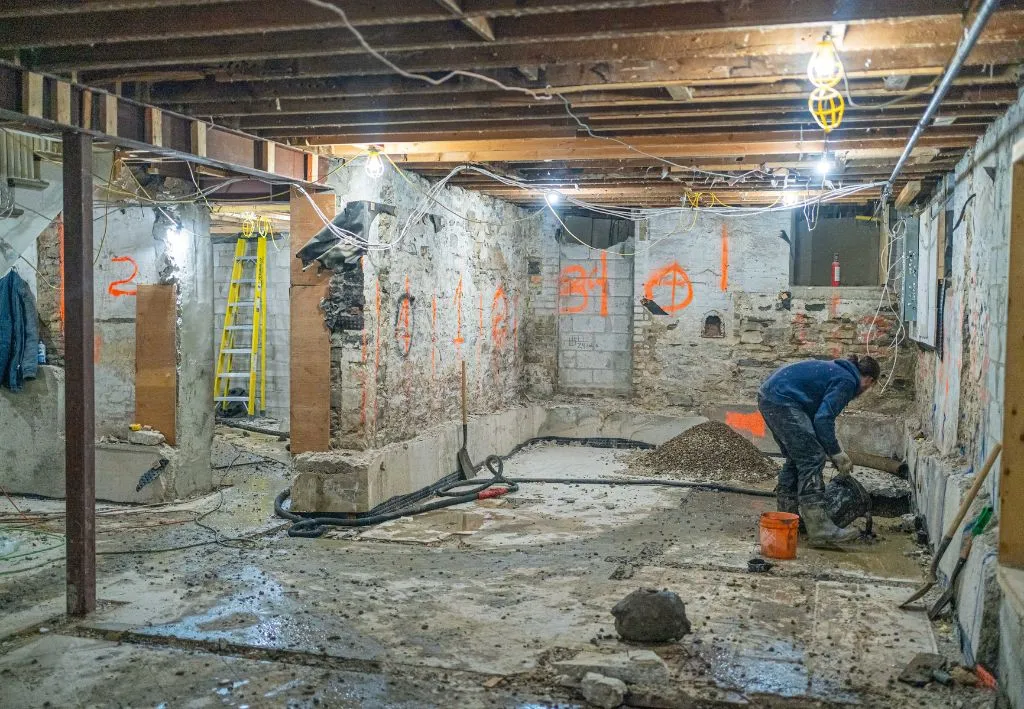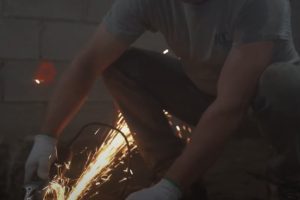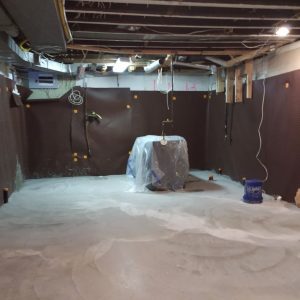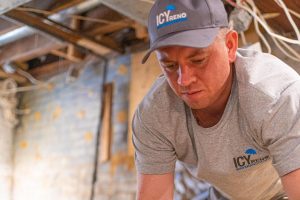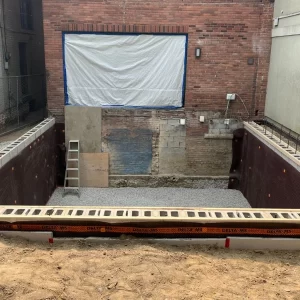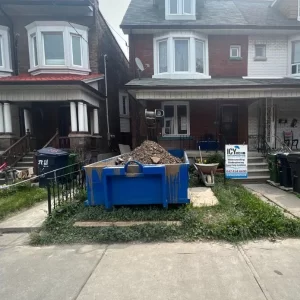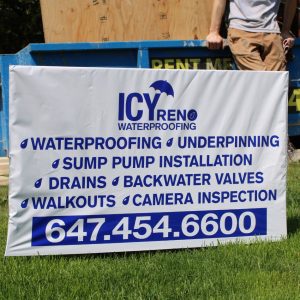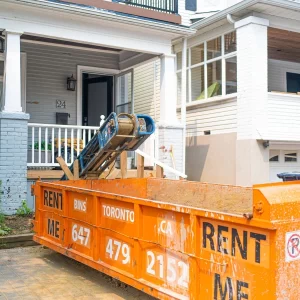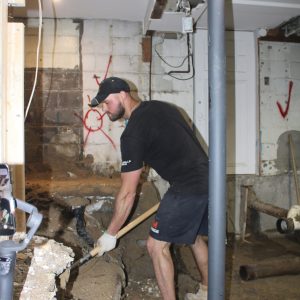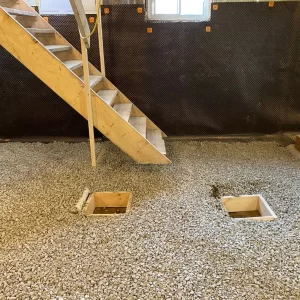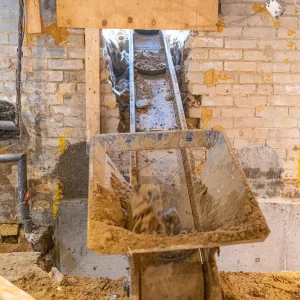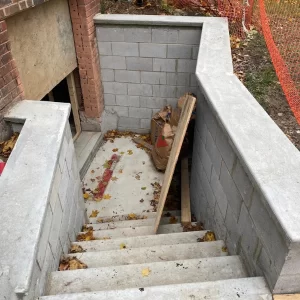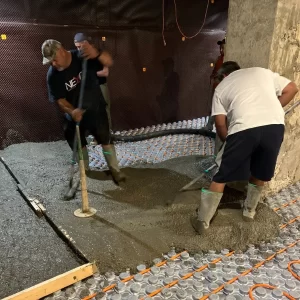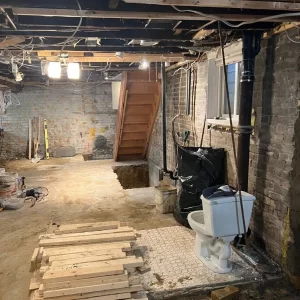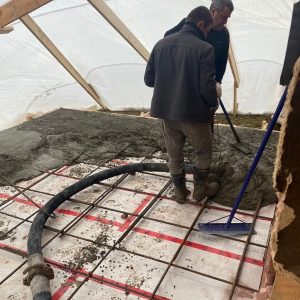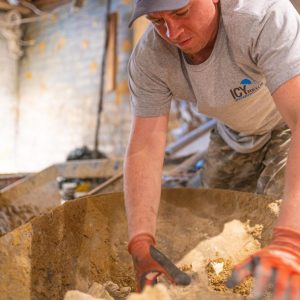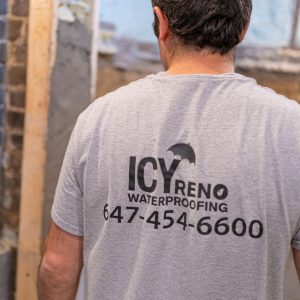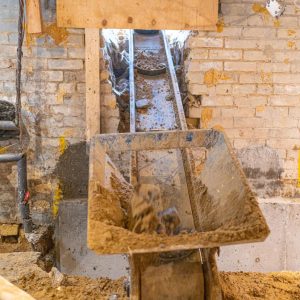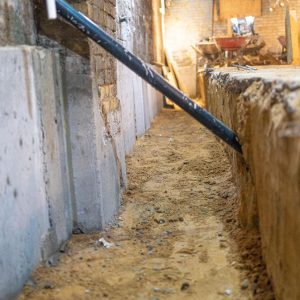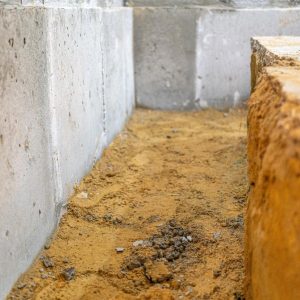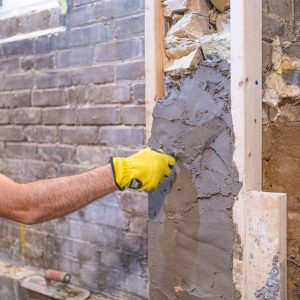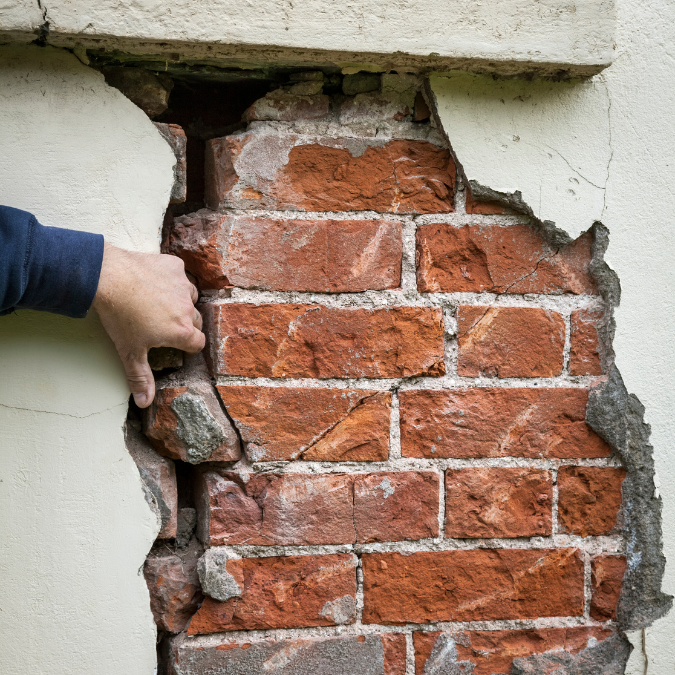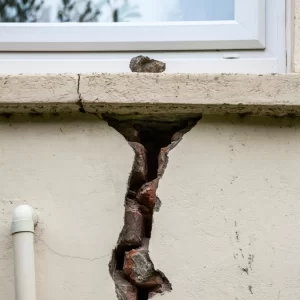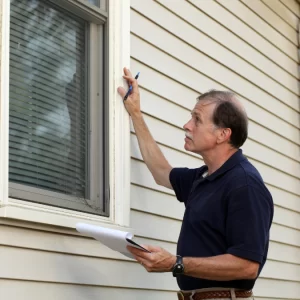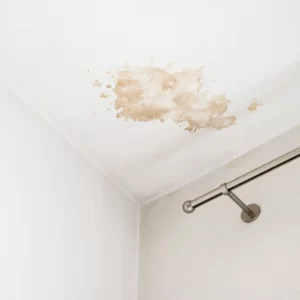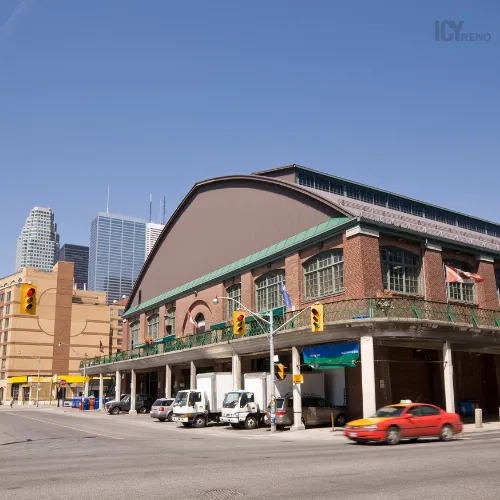There are several types of underpinning methods used in Toronto, each with its unique advantages and disadvantages. The choice of underpinning method will depend on the severity of the foundation damage, soil type, and other factors. The following are the most common types of underpinning methods used in Toronto:
Mass Concrete Underpinning. Mass concrete underpinning is the most traditional and straightforward underpinning method. It involves digging trenches beneath the foundation and filling them with concrete. The concrete creates a new, stronger foundation that supports the weight of the building. Mass concrete underpinning is ideal for buildings with shallow foundations and is relatively cost-effective.
Beam and Base Underpinning. Beam and base underpinning involves excavating small sections of the foundation at a time and installing reinforced concrete beams. The beams are then connected to concrete bases that form the new foundation. Beam and base underpinning is ideal for buildings with deep foundations and can be used to create a deeper foundation for an extension or addition.
Mini Piled Underpinning. Mini piled underpinning involves drilling small-diameter piles into the ground beneath the foundation. The piles are then reinforced with steel and grouted to create a stable foundation. Mini piled underpinning is ideal for buildings with limited access or where noise and vibration must be kept to a minimum.
Screw Piled Underpinning Screw piled underpinning involves screwing steel piles into the ground beneath the foundation. The piles are then reinforced with concrete to create a stable foundation. Screw piled underpinning is ideal for buildings with limited access, where the use of heavy equipment is not feasible.
Resin Injection Underpinning. Resin injection underpinning involves injecting a resin into the soil beneath the foundation. The resin expands, creating a solid base that supports the weight of the building. Resin injection underpinning is ideal for buildings with shallow foundations, where traditional underpinning methods are not feasible.
